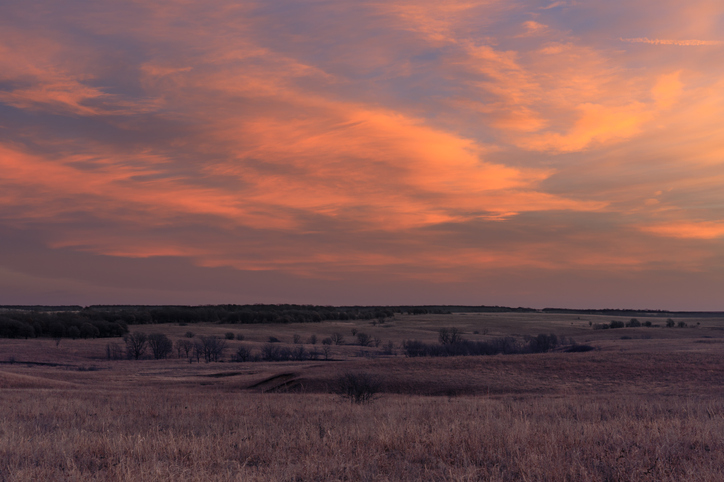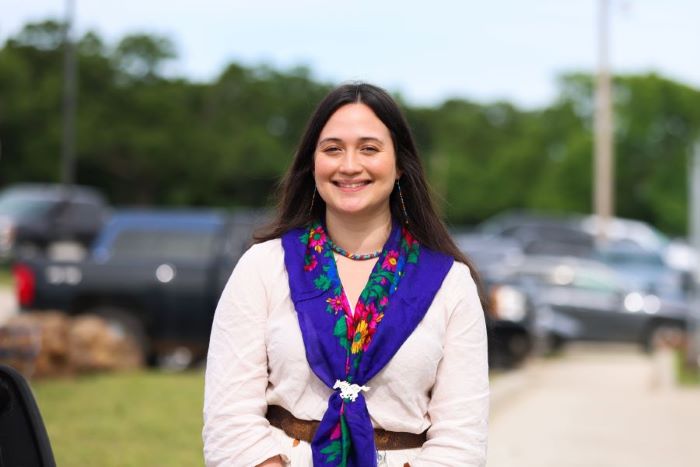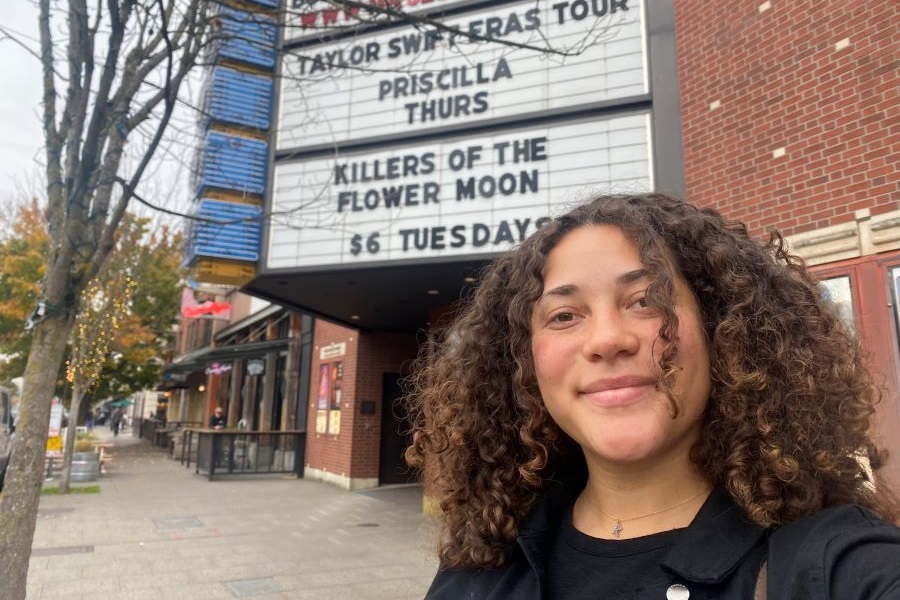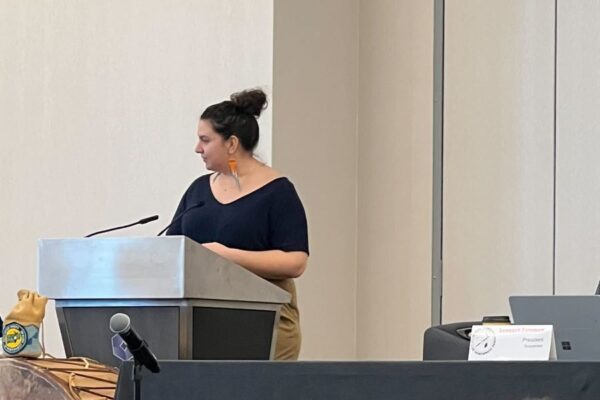Oklahoma to Seattle and Back: Killers of the Flower Moon
This blog post was written by Kayla J. Dunn, United Way of King County engagement coordinator (pictured above).
Despite growing up in Oklahoma, I never heard of the Osage Indian Murders, a reign of terror that resulted in at least 24 Indigenous people killed for their oil money and rights. I read about the tragedy this fall—yet if you drove 55 miles northeast through the plains from my home in Stillwater, you’d hit the city of Pawhuska, where many of the murders took place.
Red dirt kicking off your tires, you’d pass miles of pump jacks, pounding relentlessly into the buffalo grass prairies. The land is so flat, you’d swear you could see Pawhuska from an hour away.
In high school, my family and I would drive up to Pawhuska for Cavalcade, billed as the World’s Largest Amateur Rodeo. We’d watch broncs buck their riders into the red dirt and horses sprint clover patterns around barrels. We’d end the day at The Pioneer Woman’s Mercantile, buying all the molasses cookies from the TV chef’s small-town shop.

But now, rodeos and southern cooking are not at the forefront of my mind when I think of Pawhuska. Instead, the city reminds me of scenes from Martin Scorsese’s new film, “Killers of the Flower Moon,” which I saw in Seattle upon its October release. Now, Pawhuska elicits images of thick black oil and bright red blood side by side, staining the plains.
It took me 25 years and 2,000 miles to really learn about the Osage Reign of Terror, because it’s here in my Seattle book club that I finally read journalist David Grann’s book that inspired Scorsese’s film. The referenced towns and last names all felt a bit too familiar.
In the 19th century, the U.S. government forced the Osage people to relocate from Kansas to a barren swath of land in Oklahoma. Left with nothing but rocky earth, the U.S. was confident they’d left its Native people with a suitably worthless plot. But a few decades later, the Osage struck liquid gold.
One of the opening scenes of “Killers of the Flower Moon” is a slow-motion shot of oil shooting sky-high from a crack in the prairie. The Osage dance below, slowly becoming slick with what would soon make them the richest people in the world per capita.
That’s when the killings began.
A white man would marry a Native woman who would later die of a mysterious “wasting illness.” He’d then inherit her oil money and rights to future oil profits. At least 24 Osage were murdered for their oil money, but historians estimate the number higher, as many deaths went uninvestigated.

Some deaths were investigated by the Federal Bureau of Investigation during the agency’s early years of existence. William K. Hale, a man dubbed the “King of the Osage Hills,” was found guilty of several deaths.
As this UWKC blog post points out, Indigenous stories are rarely brought to the big screen. This film, featuring Leonardo DiCaprio, Robert De Niro, Lily Gladstone, and Jessie Plemons, increases awareness of an Ingenious issue that was so stealthily kept from my Oklahoma history books.
But would the movie do history justice? Would DiCaprio and De Niro only serve to romanticize an ugly past, as Zac Efron did in his portrayal of Ted Bundy? Would I be able to stomach the horrors on the big screen?
My biggest qualm was seeing Indigenous actress Lily Gladstone take a backseat to DiCaprio and De Niro, whom Scorsese determined to be the main characters in this adaptation.
As for the latter question, no. When Rita and Bill Smith’s home was bombed and chunks of flesh littered the rubble, I nearly left the theatre. The truth is gruesome. But this film demands that the truth be seen, heard, and felt.
Although I have mixed feelings, it sheds light on one of the darker and often forgotten parts of American history. So, the next time I head to Pawhuska, at least I know the truth about whose money—and blood—paid for the art deco buildings adorning the rural prairie town.





Comments